NASA’s Mars InSight Lander was always a bit of a tricky endeavour. The stationary lander has one chance to get things right, since it can’t move. While initially the mission went well, and the landing site looked good, the Mole is having trouble penetrating deep enough to fulfill its mission.
InSight landed on Mars on November 26, 2018. It’s landing spot is in the Elysium Planitia, a broad plain on the Martian equator. It’s objective is to study the interior of Mars and learn about how that planned was formed and shaped.
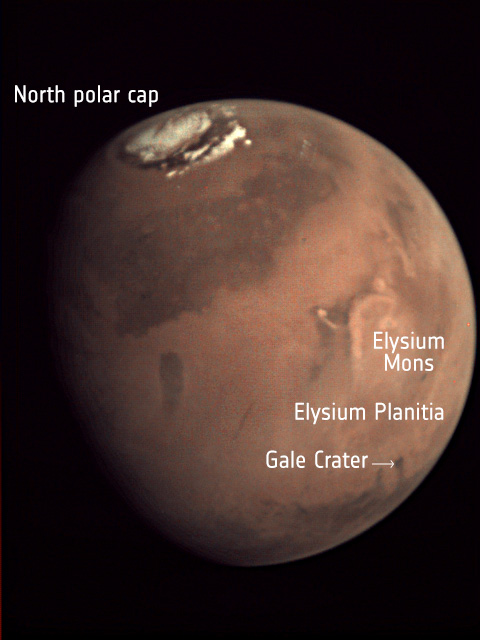
It has several instruments, including the “Mole” or the Heat Flow and Physical Properties Probe, HP3 for short. The Mole is designed to penetrate the surface of Mars, where it can take accurate measurements of the heat flowing from the interior of the planet.
The InSight team had to choose a suitable spot to penetrate the surface, but they couldn’t see anything beneath the drilling spot. At first, the Mole was doing fine, hammering its way into Mars. But then it stopped.
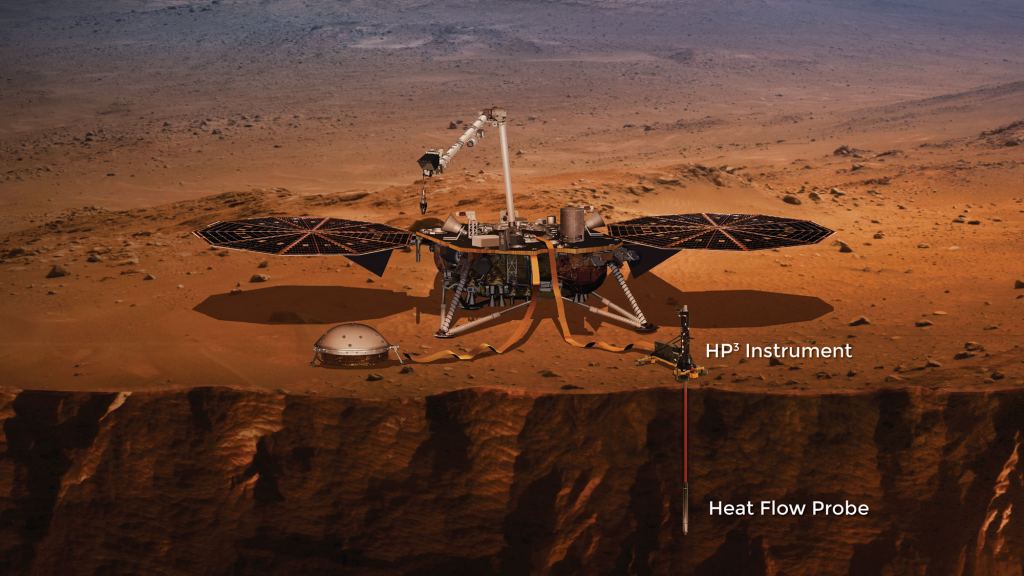
The Mole, or HP3, is the German Aerospace Center’s (DLR) contribution to the InSight lander. They were able to get the probe 30 cm (11.8 inches) into the surface, but then on February 28th, it stopped. And so far, they’ve been unable to make any progress beyond the initial 30 cm.
Both the DLR and NASA have replicas of the Heat Flow Probe in test areas at facilities in the US and Germany. They’ve been running tests to see how they can proceed, but up until now they’ve been stymied.
“We are now rather sure that the insufficient grip from the soil around the Mole is a problem.”
Tilman Spohn, Principal Investigator for the HP3 experiment at the DLR Institute of Planetary Research.
In a new press release, the DLR says that there may be insufficient friction to allow proper operation of the probe, due to the lower gravity at Mars. They also think that small cavities have formed between the probe and the soil, inhibiting the hammering action of the probe.
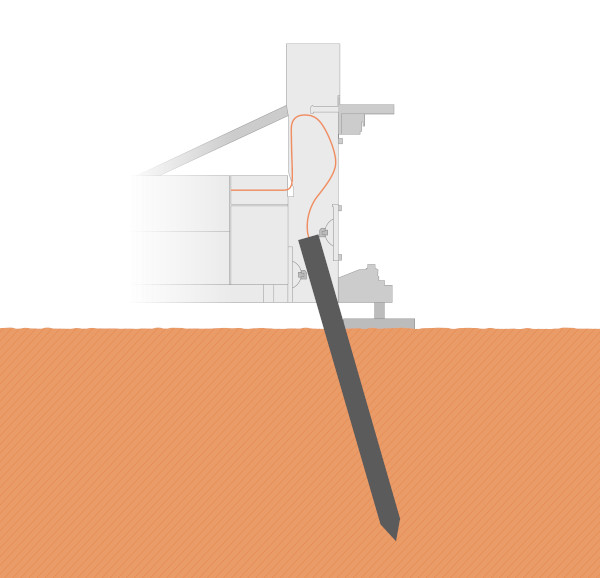
Now, the engineers and scientists operating the probe say they will use the lander’s robotic arm to lift away the support structure from the probe. That will allow them to examine the problem more closely. They think that they may be able to use the arm to assist the probe as it tries to hammer its way into the soil.
The process of lifting the structure will begin in late June and will take several stages. First the arm will grip the structure, then move it in three stages, capturing images as it works. This will prevent the engineers from accidentally removing the probe from the soil.
“If that happens <accidentally removing the Mole from the hole>, we will not be able to insert it back into its hole or move it elsewhere, since the arm has no way of picking up the Mole directly.”
NASA engineer Troy Hudson.
“We want to lift the support structure because we cannot visualise the Mole beneath the subsurface, and we therefore do not know what situation it is in,” explains Tilman Spohn, Principal Investigator for the HP3 experiment at the DLR Institute of Planetary Research. “We are now rather sure that the insufficient grip from the soil around the Mole is a problem, because the friction caused by the surrounding regolith under the lower gravitational attraction on Mars is much weaker than we expected.”
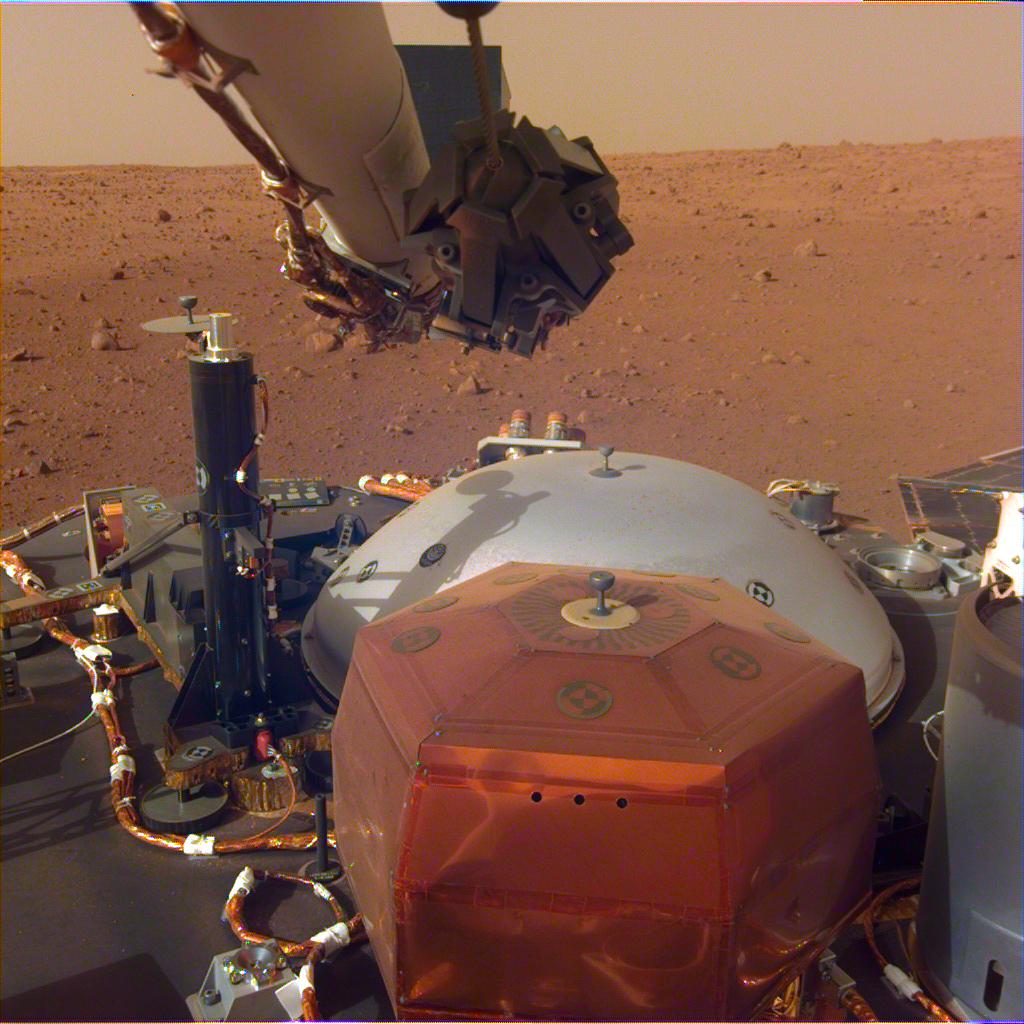
It’s also possible that the Mole has hit a rock. It’s designed to push its way past rocks, but it may have struck one it can’t move. Another possibility is that it’s trapped between a rock and its support structure. If that’s the case, then moving the support structure might free it. According to Spohn, however, the likelihood of the Mole being blocked by a rock is low.
“We plan to use the robotic arm to press on the soil close to the Mole. This additional load will increase the pressure on the penetrator and thus the friction on its outer surface,” explains Spohn. “Our calculations at DLR suggest that we have to get close to the device. Immediately above the Mole, which is positioned at a small angle to the vertical with respect to the surface, and close to it, the effect is greatest. Without removing the support structure, we would be too far away, and the effect would be too small.”
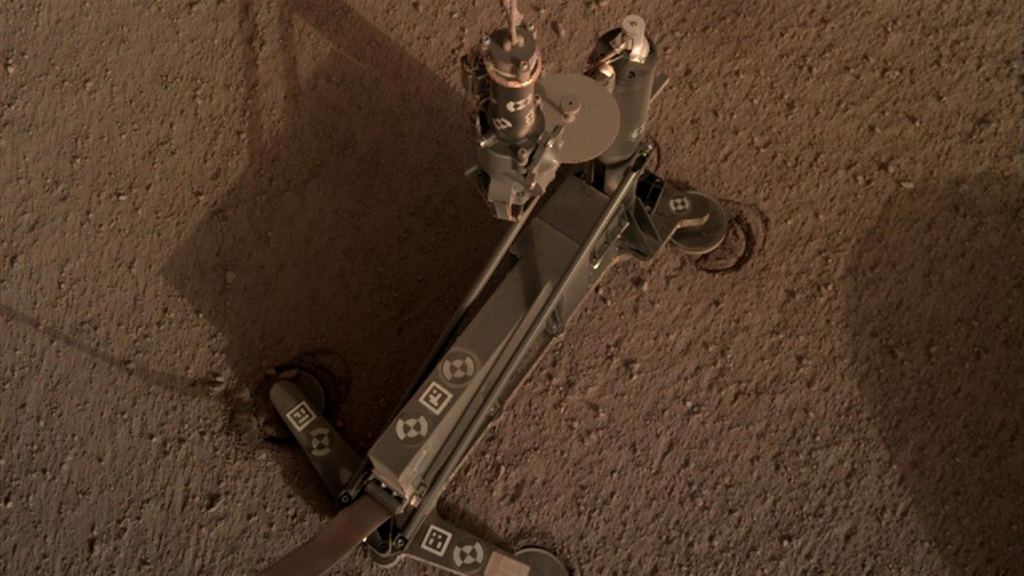
This is a delicate business, and a meticulous drama being played out 227 million km from the Sun. The structure must be lifted step by step, because there are springs inside it that may be in contact with the rear of the Mole. If they accidentally remove the Mole from the hole, they’re in trouble.
“If that is the case, we want to be careful lifting the structure so that we do not accidentally pull the Mole out of the ground,” says NASA engineer Troy Hudson. “If that happens, we will not be able to insert it back into its hole or move it elsewhere, since the arm has no way of picking up the Mole directly. So we will lift the support structure a little bit at a time, checking to make sure the Mole is not coming with it.”
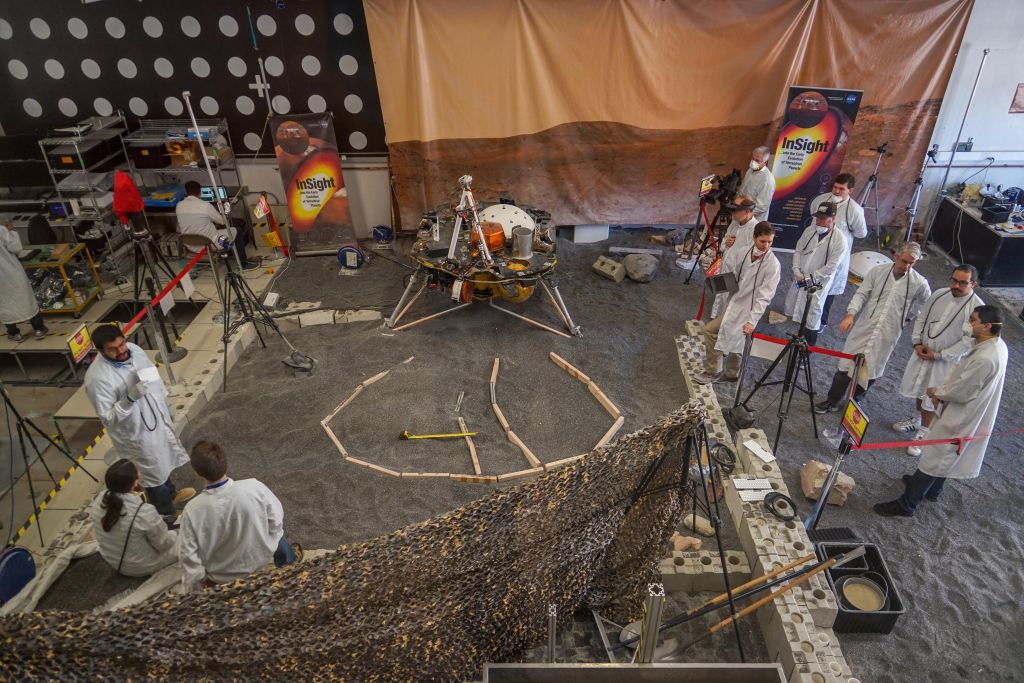
However, moving the Mole isn’t really a solution, since they’re almost certain that the lack of friction is the problem. “We are confident that the probability of hitting a stone that is too large is only a few percent,” continues Spohn in a press release.
“We think that the issue is a lack of friction in the Martian regolith. So even if we could lift up the Mole, it would not matter where we put it – there would still be the same friction problem,” said Hudson.

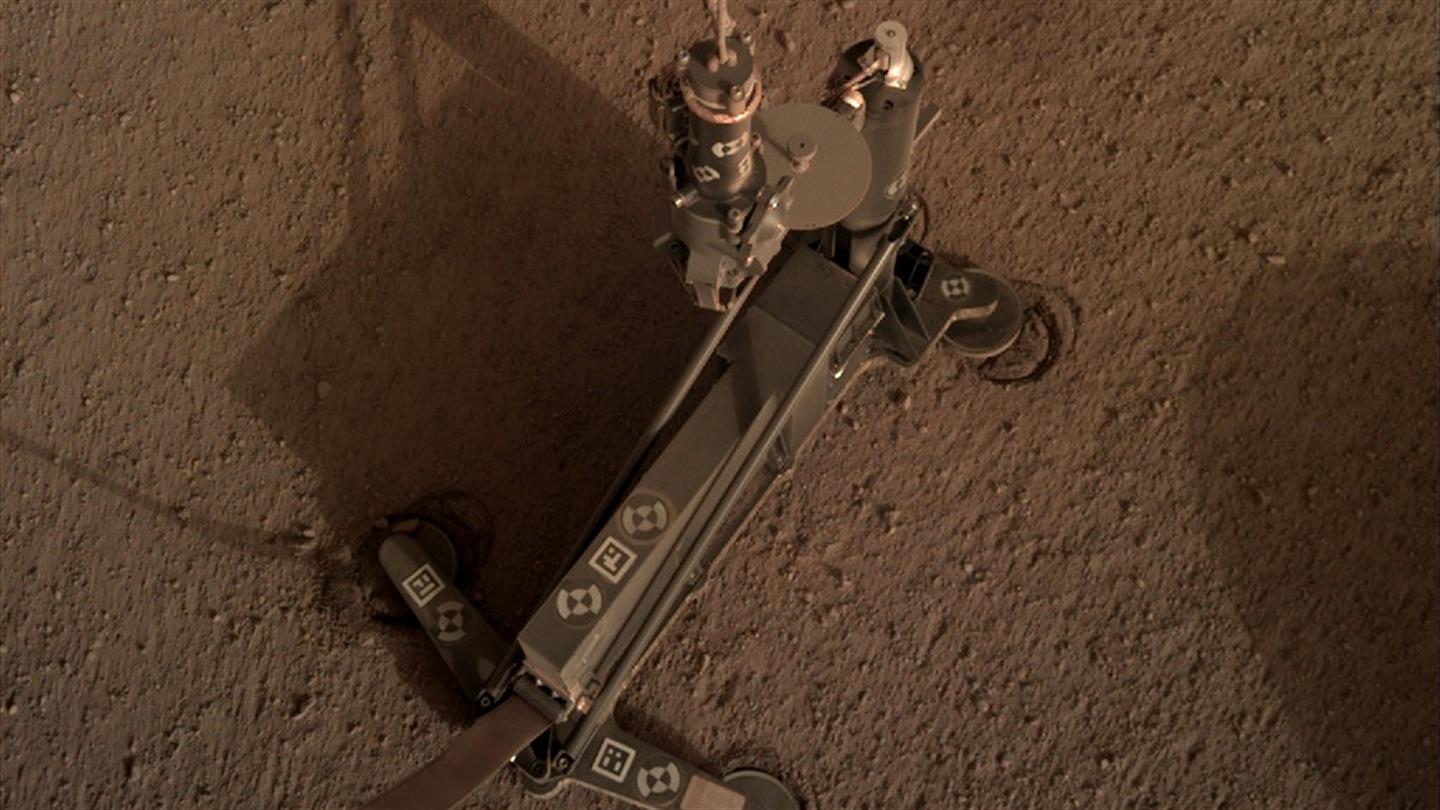
Never trust a machine to do a human’s job.